Wish list with cancellation potential
With the 2035+ target vision, the Navy is presenting its vision of a long-term organisation. Not all projects will be realised - for various reasons. The navy's hopes for one or two, often long overdue, modernisations were pinned on the special assets of the Bundeswehr. However, the expectations of the smallest branch of the armed forces were muted enough. Most wearers of the blue scarf did not assume that the number of flagstaffs would increase significantly or that the capability potential would change significantly as a result of the Bundeswehr Special Fund. With the publication of a target picture for the navy from 2035, the inspector of the navy is now...
Weiterlesen

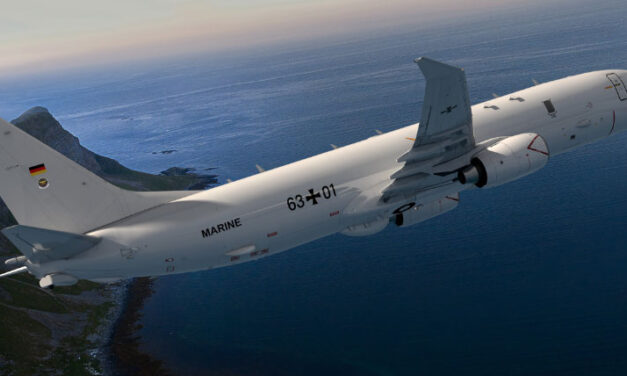
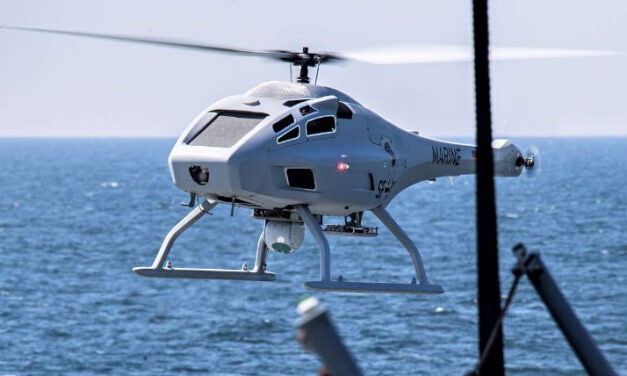
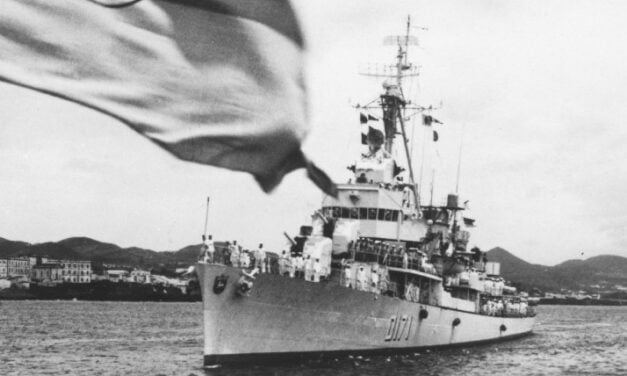
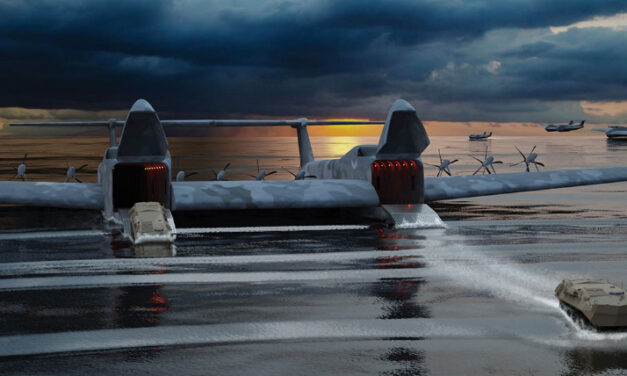
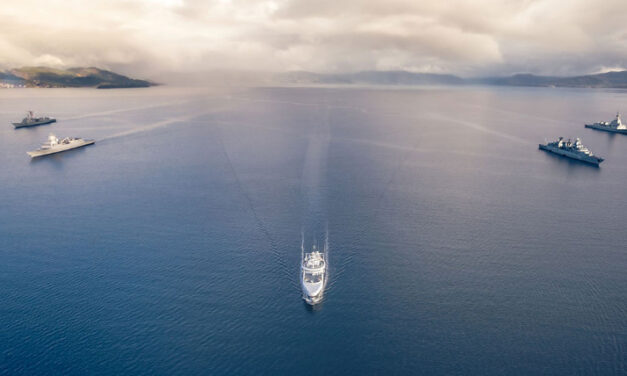
Latest comments